Does big data have a future in education?
Does Big Data Have a Future in Education?
The world today runs on data. Every click, transaction, and interaction creates a digital trail—a vast, ever-expanding sea of information known as big data.
The education sector, from elementary schools to massive university systems, is rich with data points.
This article promises an in-depth exploration of the transformative role big data plays in modern schooling. We'll delve into how it's currently being used in classrooms and administrative offices, weigh its significant benefits against the substantial challenges it presents—particularly concerning privacy and infrastructure—and examine its crucial function in driving personalized learning. Finally, we'll look ahead to the future of big data in education and its potential to influence global learning policy.
How Is Big Data Currently Used in Education?
Big data isn't just a theoretical concept in education; it's already at work, driving real-world applications across K–12 and higher education institutions.
One of the most foundational uses is student performance tracking.
In the realm of curriculum effectiveness, big data provides the evidence for what works and what doesn't.
Higher education has been an early adopter, particularly in the use of predictive analytics for student retention.
On the administrative side, big data is essential for operational efficiency.
What Are the Benefits of Big Data for Students and Teachers?
The application of big data promises a future where education is more effective, efficient, and equitable for all stakeholders.
For students, the primary benefit is the promise of truly tailored learning experiences. Data analysis can quickly identify a student's current proficiency level, preferred learning style (e.g., visual, auditory, kinesthetic), and even the optimal pace at which they absorb new material. This leads to lessons and practice materials that are uniquely suited to their needs, moving beyond a one-size-fits-all model. Crucially, big data enables the early identification of struggles.
Teachers gain powerful allies in the form of analytical tools. They receive granular insights into class performance that go beyond a simple grade, revealing which specific instructional methods are resonating and which aren't.
For schools and districts, the benefits translate into improved strategic planning and efficient policy-making.
What Challenges Do Schools Face in Using Big Data?
While the promise of big data is bright, its implementation in education is fraught with significant hurdles that schools, policymakers, and parents must address.
Chief among these is the critical issue of privacy concerns. Educational data involves sensitive, personally identifiable information about minors, making data protection paramount.
The next major obstacle is infrastructure challenges. Implementing a robust big data ecosystem requires a substantial financial commitment for technology—servers, secure cloud storage, and powerful analytical software.
Resistance to change is a human element that often slows progress.
Finally, there are complex ethical issues that need defining. Who truly owns the data generated by a student’s learning journey—the student, the school, or the technology vendor? There's a debate over the role of consent; for a child, who provides consent for their data to be collected and analyzed? Furthermore, big data must be carefully managed to avoid algorithmic bias, where data models inadvertently reinforce existing inequalities based on race, socioeconomic status, or gender, potentially leading to unfair academic outcomes for certain student populations.
How Can Big Data Improve Personalized Learning?
The true synergy of big data in education lies in its ability to power personalized learning, moving beyond the idea of individualization to a dynamic, real-time tailoring of the educational environment.
At its core, big data analysis can effectively identify not just what a student knows, but how they learn. By tracking performance across various assignments, platform interactions, and time-on-task metrics, the analysis can effectively map a student's learning styles, strengths, and weaknesses.
This insight fuels adaptive learning platforms. These are sophisticated systems that use data to automatically adjust lessons to individual progress.
Teachers become the essential human link in this process. With the data insights at their fingertips, they can use their time and expertise to support specific needs that algorithms can’t handle. They can more effectively intervene with at-risk students, using the data to initiate a conversation, target a tutoring session, or connect the student with a school resource.
What Is the Future of Big Data in Education?
The integration of big data into education is not a passing trend; it is the foundation for the next generation of teaching and learning tools.
The immediate future involves deeper integration with AI and machine learning (ML).
The scope of big data's application is also set to expand. Currently focused on K–12 and higher education, we will see its increased adoption in early childhood education, tracking developmental milestones to ensure children get crucial interventions early. Similarly, it will become vital in lifelong learning and professional development, helping adults identify skill gaps and curating personalized courses to keep them competitive in a changing job market.
Globally, big data has the potential to influence education policy and global learning equality.
Ultimately, the future success of this technology hinges on a critical balance: we must prioritize balancing innovation with privacy and ethics. The commitment to securing student data, ensuring algorithmic fairness, and building trust with educators and parents will determine how transformative and sustainable the future of big data in the classroom will be.
Case Study: Personalized Math Instruction in a U.S. School District
A large, urban school district in the United States faced a persistent challenge with K–8 math scores that consistently lagged behind state averages. They adopted a new math curriculum powered by a big data platform.
The Approach: The platform collected data from student activity: the time spent on each problem, the types of errors made, the specific video tutorials watched, and performance on end-of-unit assessments. The platform then used this data to generate a "mastery profile" for every student.
The Action: Teachers were given a dashboard that displayed real-time alerts. Instead of waiting for a quarterly test, they could see that five students were consistently struggling with the concept of algebraic substitution. The system automatically assigned those five students different remedial activities and a new, more effective video lesson, while the rest of the class moved forward.
The Result: Within two years, the district saw a 15% increase in the number of students meeting or exceeding grade-level standards in math. Teachers reported feeling more like "diagnostic specialists" and less like "lecturers," as the data empowered them to focus their limited time where it would have the maximum impact: one-on-one and small-group instruction. This case highlights how big data, by moving beyond simple grades and focusing on process and behavior, can effectively transform a broad problem into a set of manageable, personalized solutions.
FAQ Section
What is an example of big data in education today?
One common example is the use of Learning Management Systems (LMS) like Canvas or Google Classroom.
How does big data protect student privacy?
Reputable educational technology companies and school districts use several strategies. These include anonymization (removing personally identifiable information like names and IDs before analysis), data encryption (scrambling data so it can only be read by authorized users), and strict adherence to data governance policies (like FERPA in the U.S.). The focus is on analyzing trends across groups of students, not on sharing or exposing individual student records.
Can small schools or districts use big data effectively?
Yes, absolutely. While massive districts have the resources for custom-built systems, smaller schools can leverage cloud-based educational platforms and software-as-a-service (SaaS) tools. These off-the-shelf solutions, such as adaptive learning apps or cloud-hosted student information systems, aggregate data from thousands of schools, making sophisticated analytical power accessible and affordable even for small rural districts.
Will big data replace teachers in the classroom?
No. The consensus among educators and technologists is that big data and AI are tools to augment, not replace, teachers.
Conclusion
Big data has not only a future but a vital, non-negotiable role in the future of education. It has already begun transforming the landscape, driving everything from the hyper-focused precision of personalized learning pathways to vast improvements in administrative efficiency and resource deployment.
However, its significant benefits are inextricably linked to the challenges we must overcome. Issues like safeguarding student privacy, securing adequate funding for infrastructure, and addressing the ethical complexities of algorithmic bias are not minor footnotes; they are critical barriers that require proactive, thoughtful collaboration among educators, policymakers, parents, and technology developers.
To fully realize the promise of a more equitable and effective educational future, all stakeholders must commit to embracing data responsibly. By pairing technological innovation with a strong ethical framework, we can ensure that big data becomes a powerful catalyst for improved teaching, better student outcomes, and a global learning environment that is truly tailored to the potential of every child.
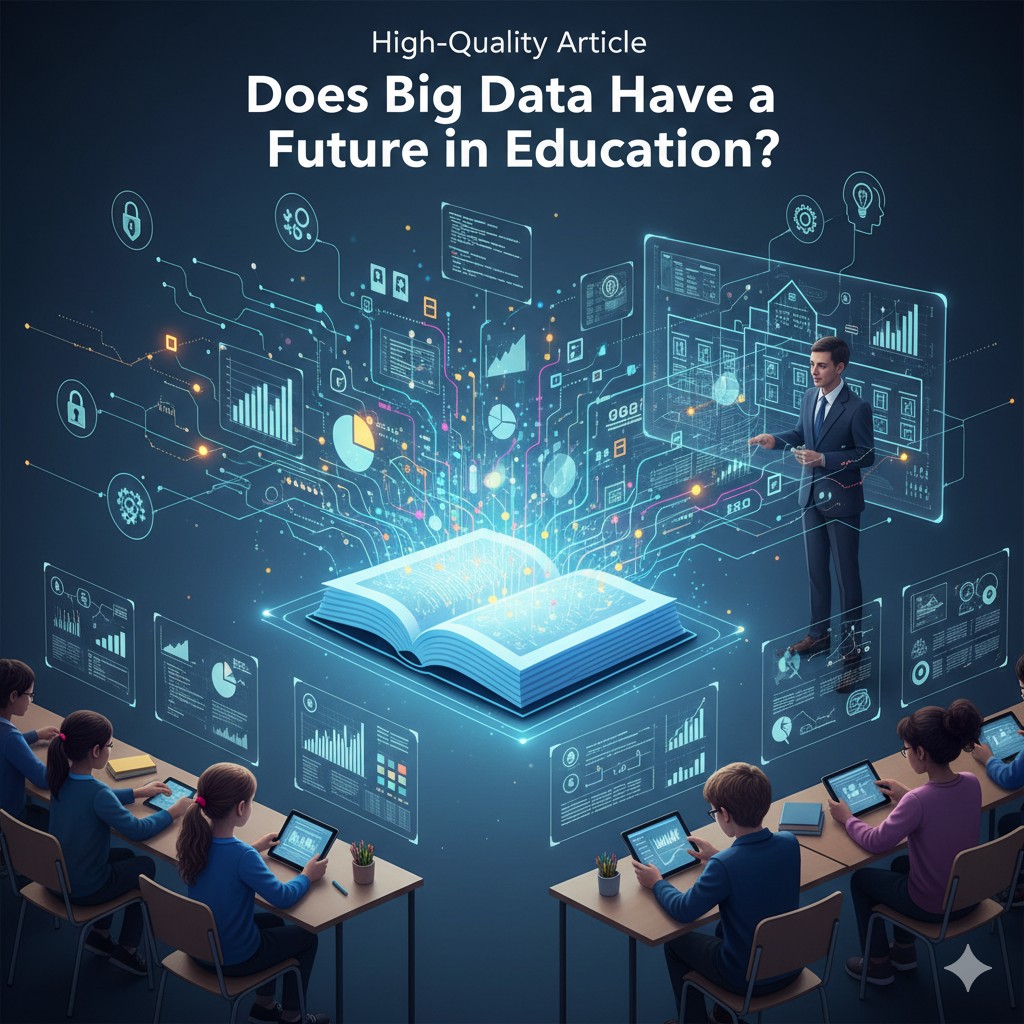

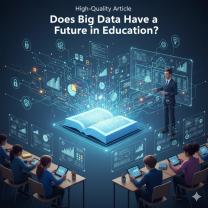

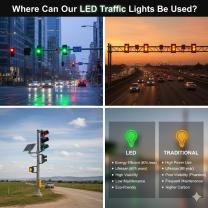

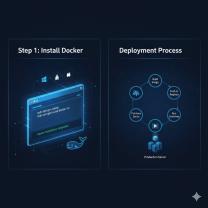


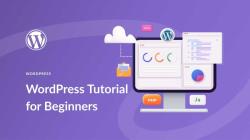
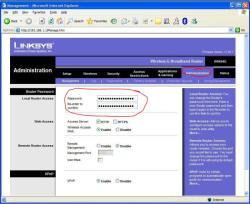

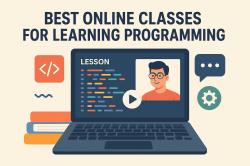
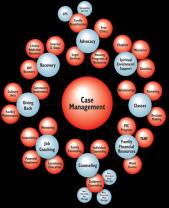
DataEducator99
on October 04, 2025An insightful breakdown! The article does a great job of highlighting how big data moves us past 'what happened' to 'what will happen' in education. I particularly agree that **infrastructure and skilled staff** are the biggest immediate roadblocks. We need district-level data scientists, not just teachers trying to master a new dashboard.